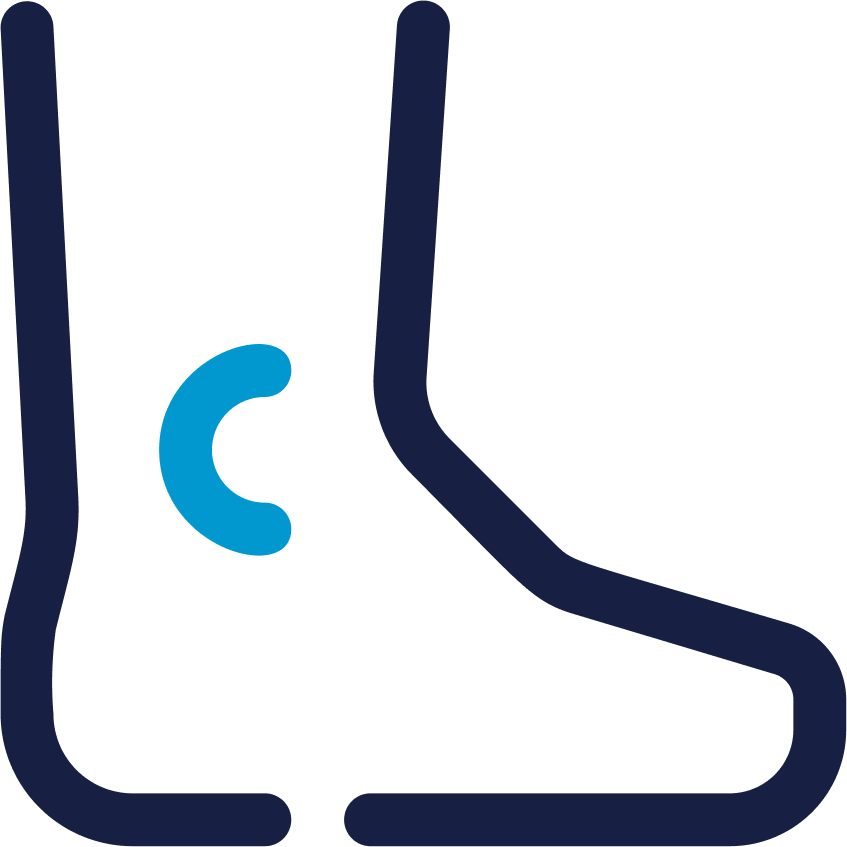
- Specialty Procedures
- /Foot/Ankle

A hammer toe is defined as a deformity that results in a toe resembling a hammer due because it is bent upward in the middle. Hammertoes often occur alongside other toe problems, and sometimes corns develop on the surface skin of the middle joint of the hammertoe. Hammertoes can be stiff or flexible.
You can manage hammertoe symptoms by changing or stretching existing footwear to enhance comfort. Padding the toe is also another effective way of managing the condition. If these steps do not provide relief, hammertoe correction surgery from your Pensacola orthopedic surgeon may then be the necessary next step.
Depending on the advice from your orthopedic ankle and foot surgeon and the flexibility of the affected toe, there are several different surgery options.
Surgery works well for people who have gone down the non-surgical route and who have gained little or no relief from their hammertoe condition.
Hammertoe corrective surgery is most often carried out as an outpatient procedure, allowing you to return home after surgery. Procedures can be carried out while you are either awake with your foot numbed or when you are fully asleep under general anesthesia.
Fixed Hammertoe: If a hammertoe is fixed (stiff), there are two treatment options.
Flexible Hammertoe: In the case that a hammertoe is flexible, your Pensacola orthopedic surgeon reroutes the affected tendons from the bottom of the toe to the top of it. This helps straighten the bend, and is known as a tendon transfer procedure.
After surgery, it is commonplace to be given a special shoe to wear as an aid with walking. Recovery is expected within a few weeks, dependent on the specific surgery.
For the first few weeks after surgery, you will be asked to keep your foot elevated to heart level. This requires resting on a couch or bed with your foot up. You may also be given a walker or crutches to help you walk.
Two to three weeks after surgery, stitches are usually removed. If pins or screws were placed, they will be in for a few weeks before removal. It is important to remember not to submerge your foot in water until after the stitches, pins and screws are removed.
In cases where the hammertoe is on your right foot, it may not be possible to drive for a number of weeks dependent on the type of surgery you’ve had. You may also be required by your surgeon to do special stretches and exercises. This will help maintain flexibility and motion in the toe. It can take as long as a year for all swelling to subside after the operation. This is completely normal.

